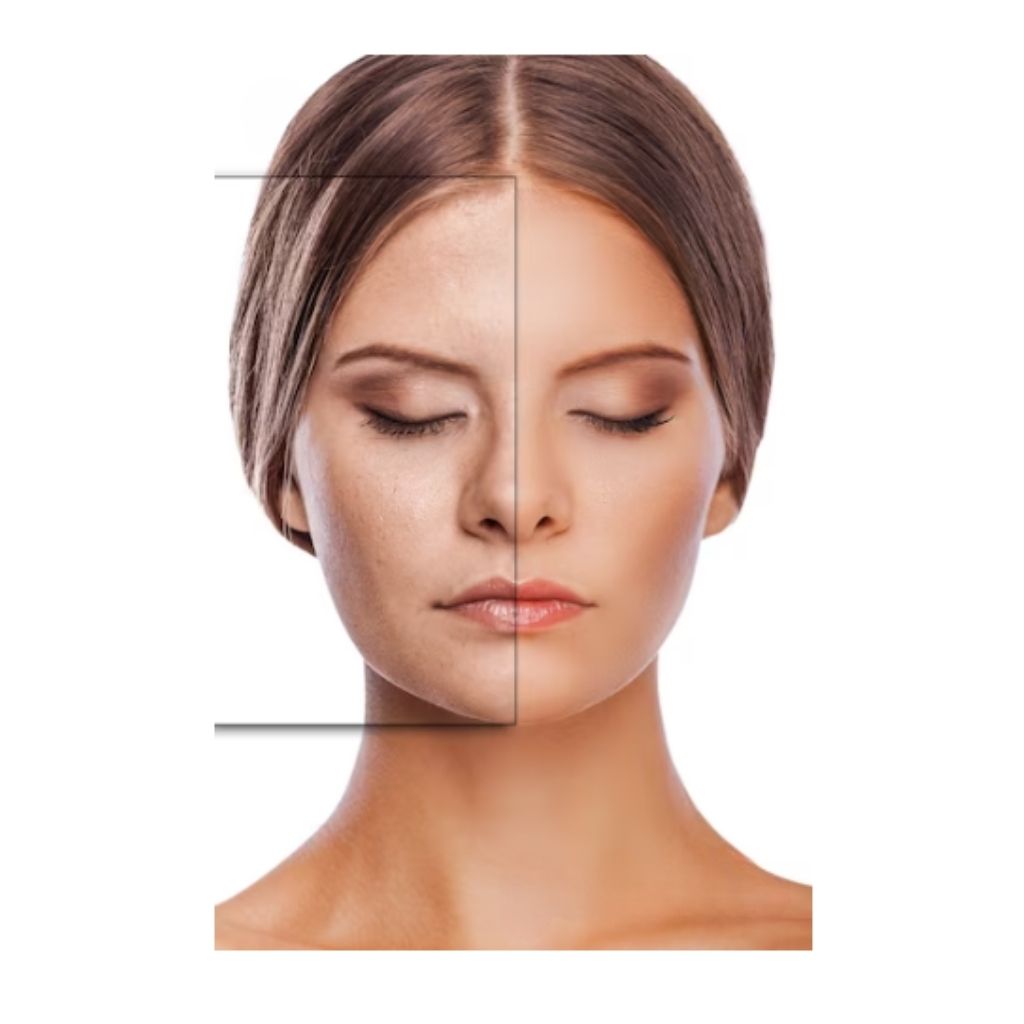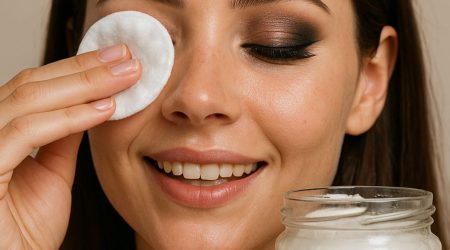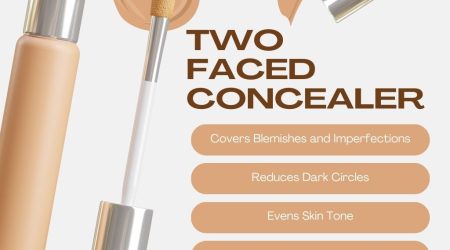14
May
How to cover scars on face with makeup
Facial scars whether from acne, injury, or surgery can sometimes impact our confidence. Thankfully, with the right makeup techniques and products, you can easily conceal scars while still achieving a natural and radiant appearance.
In this guide, we’ll show you how to cover scars on your face with makeup step by step. Whether you're a beginner or a beauty lover, these pro tips will help you feel confident and look flawless every day.
Why Makeup Is a Great Option for Scar Coverage
Makeup is a non-invasive, instant solution for hiding facial scars. It allows you to:
-
Even out skin tone
-
Blur texture irregularities
-
Boost self-esteem
-
Highlight your best features without hiding your face
With modern cosmetic formulas many of which include skincare benefits you can cover scars without clogging pores or looking cakey.
1. Start with Skincare: Prep Is Everything
Before reaching for concealer or foundation, prepping your skin is crucial.
Steps to follow:
-
Cleanse: Use a gentle face wash to remove dirt and oil.
-
Exfoliate: Gently exfoliate the skin to smooth out texture, especially around the scar area.
-
Moisturize: Hydrate the skin to prevent dry patches that can highlight scars.
-
Apply SPF: Always protect your skin from sun exposure, which can worsen scars.
Pro tip: Consider using a primer with silicone—it helps fill in uneven textures caused by scarring.
 2. Use a Color Corrector If Needed
2. Use a Color Corrector If Needed
If your scar is red, purple, or dark, color correcting can neutralize it.
Color correcting guide:
-
Red/pink scars: Use a green corrector.
-
Dark scars: Use a peach or orange corrector, depending on your skin tone.
-
Purple scars: Try a yellow corrector.
Apply the corrector gently using your fingertip or a small brush, just on the scar. Blend lightly and let it set before foundation.
3. Apply a Full-Coverage Foundation
Choose a foundation with medium to full coverage that matches your skin tone. Use a damp beauty sponge or foundation brush to apply it evenly.
Foundation Tips:
-
Avoid thick layers; build coverage gradually.
-
Tap, don’t rub, around scarred areas.
-
Use a stippling motion to help blur texture.
4. Conceal with Precision
After foundation, use a high-coverage concealer to spot-conceal scars.
Look for formulas labeled:
-
"Full-coverage"
-
"Long-wear"
-
"Transfer-resistant"
Apply with a small brush or your fingertip. Let it sit for a few seconds to warm up, then tap to blend. You can use a setting spray or translucent powder to keep it in place.
5. Set with Translucent Powder
Setting your makeup helps lock everything in, especially in humid or long-wear situations.
-
Use a fluffy brush to apply translucent setting powder.
-
Focus on the scarred areas to reduce shine and set the concealer.
-
Avoid heavy baking techniques, which can draw attention to texture.
6. Use Finishing Spray for Lasting Power
A makeup setting spray will melt all layers together and help makeup stay in place throughout the day. Choose a long-wear or mattifying formula if your skin tends to get oily.
7. Choose the Right Products for Your Skin Type
Every skin is unique, and the right product makes all the difference.
| Skin Type | Recommended Products |
|---|---|
| Oily | Oil-free, matte finish products |
| Dry | Hydrating foundations and creamy concealers |
| Combination | Use matte products on T-zone, hydrating on cheeks |
| Sensitive | Fragrance-free, hypoallergenic formulas |
FAQs: Covering Scars with Makeup
Q1. Can makeup make scars worse?
No, as long as you remove your makeup properly and use non-comedogenic products, makeup will not worsen scars.
Q2. Is it okay to wear makeup on healing scars?
It's best to wait until the wound is fully healed. For fresh scars, use gentle, breathable makeup products.
Q3. What is the best concealer for scar coverage?
Look for full-coverage, long-wear concealers like Dermablend, Tarte Shape Tape, or MAC Pro Longwear.
Q4. Can I cover raised or pitted scars?
Yes. Use a smoothing primer and a damp sponge to blur the texture. Silicone-based products work best for raised or indented scars.
Q5. How do I stop makeup from settling into scars?
Use a primer to smooth the area, avoid too much powder, and finish with a setting spray to prevent creasing.
Q6. Can men use these same techniques?
Absolutely. The steps and products are unisex—makeup is for everyone who wants to use it.
Final Thoughts
Covering facial scars with makeup is more than just a cosmetic fix—it’s a confidence booster. With the right skincare prep, quality products, and smart techniques, you can achieve a natural, smooth, and radiant look every day. Remember, makeup should enhance your beauty, not hide it. With practice, you'll be able to apply it quickly and effectively scars and all.




